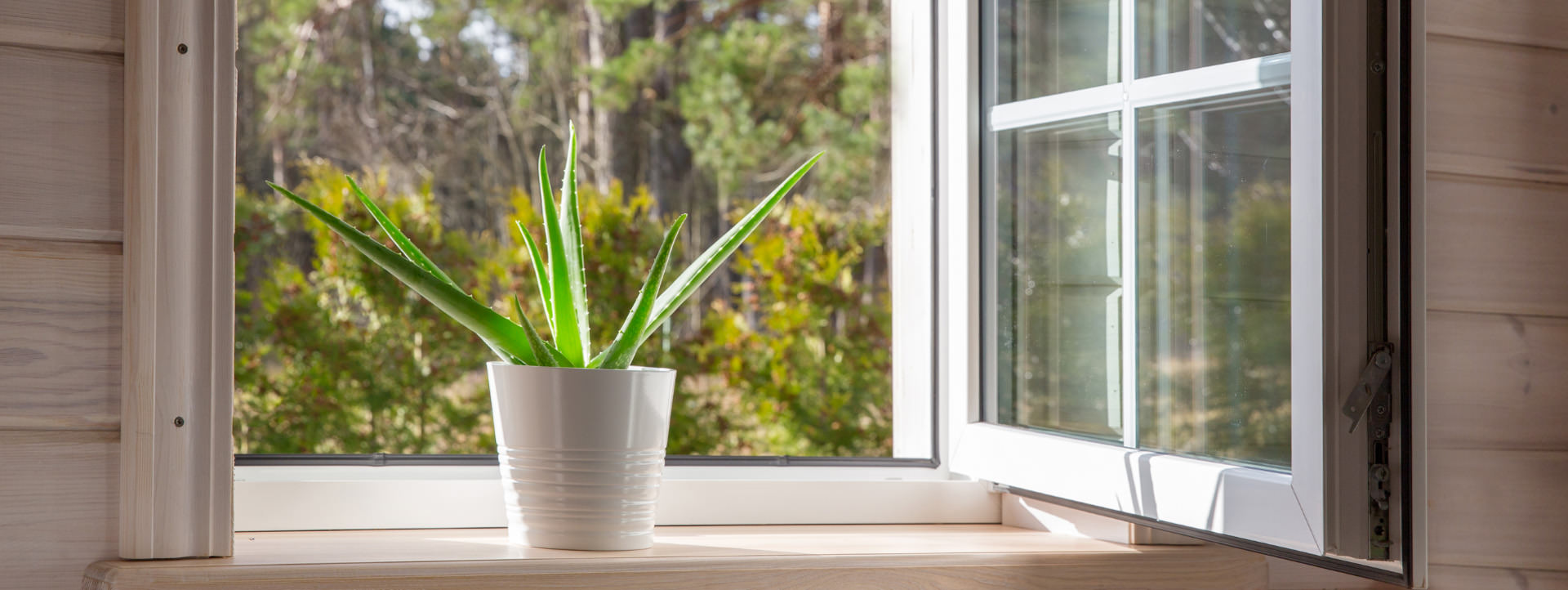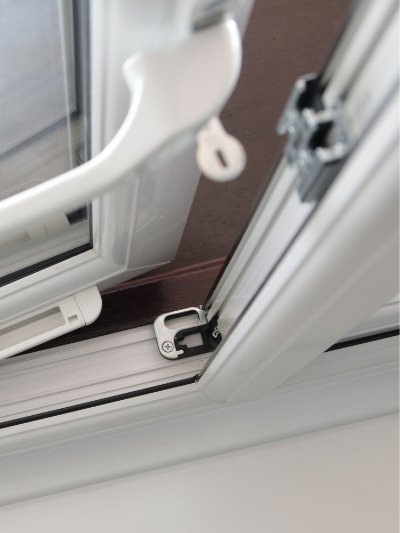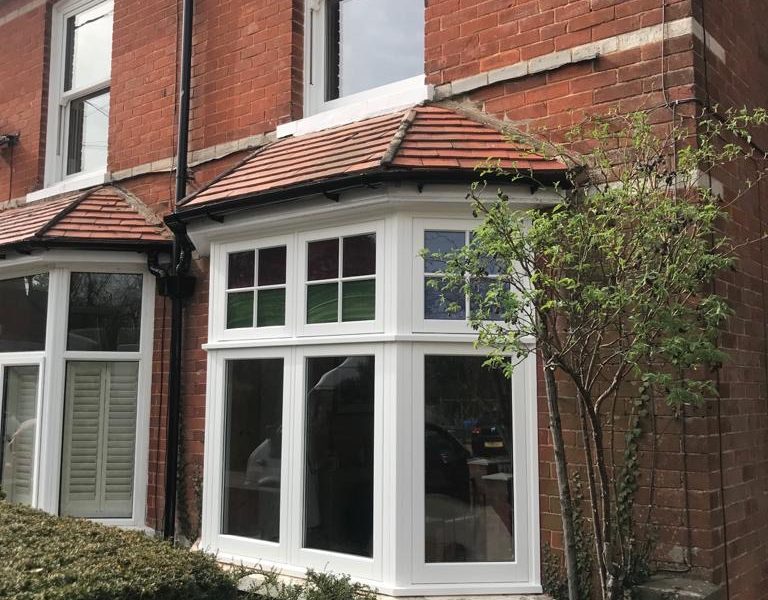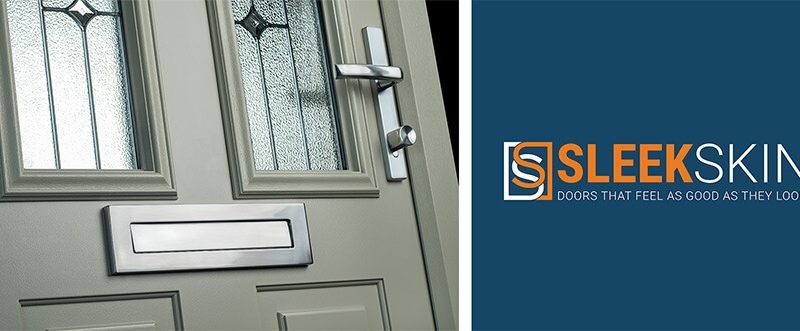
Timber - PVC - Aluminium - Windows, Doors & Conservatories in Hampshire
The Ultimate Home Security Checklist: Protect Your Home in 2025
The Ultimate Home Security Checklist: Protect Your Home in 2025
📌 60-Second Security Audit
- The Weakest Link: In 70% of burglaries, intruders enter through a door. Is your cylinder snap-safe?
- Smart Tech: New “Kubu” sensors can alert your phone if you leave a window unlocked.
- Visual Deterrents: Burglars hate light and noise. Visible alarms and motion sensors are your first line of defence.

Your home is your sanctuary, but how secure is it really? Burglary statistics show that most break-ins are opportunistic. Thieves look for the easy option: the open window, the hidden key, or the weak door lock.
At KJM Group, we believe security isn’t just about strong locks (though they are essential); it’s about a holistic approach to protecting your property. Use this ultimate checklist to audit your home security today.
Table of Contents
1. The 10-Point Security Checklist
Before you spend a penny on new alarms, walk around your property and check these basics. According to Police.uk External, these simple measures significantly reduce risk.
The KJM Perimeter Check
Front Door
Is the lock a 3-Star Ultion Cylinder? Does it meet PAS 24 standards?
Letterbox
Is it fitted with a cowl or guard to prevent “fishing” for car keys?
Lighting
Do you have a motion-sensor light illuminating the approach?
Side Gates
Are they locked with a heavy-duty bolt? Can someone reach over?
Fences
Are they in good repair? Trellis on top adds height but collapses noisily if climbed.
Bins
Are wheelie bins stored away from flat roofs? (They are often used as ladders).
Keys
NEVER hide a key under a mat or plant pot. It is the first place they look.
Valuables
Are laptops/tablets visible through ground-floor windows at night?
Tools
Is your shed locked? Don’t give a burglar the tools to break into your house.
2. Hardware: Locks & Cylinders
The lock is the heart of your door’s security. Unfortunately, millions of UK homes still have basic “Euro Cylinders” that can be snapped in under 10 seconds using simple tools.
⚠️ Is your lock “Snap-Safe”?
Go to your front door. Does the metal cylinder stick out more than 2-3mm from the handle? If so, it is vulnerable to lock snapping. Upgrading to a 3-Star Diamond rated cylinder (like the Ultion locks we install) effectively eliminates this risk.
3. The Smart Revolution: Kubu Tech
Forgetting to lock the door is a human error that no mechanical lock can fix. This is where Kubu comes in.
Kubu is a smart sensor system that can be integrated directly into the frames of your new windows and doors. It doesn’t rely on a motor to lock the door; instead, it monitors the status of the lock.
This technology turns a passive security measure (a lock) into an active one (a notification system), giving you total peace of mind.
4. Going Away? The Holiday Protocol
An empty house is a target. If you are heading off for a winter break or summer holiday, don’t advertise your absence.
- Social Media Silence: Don’t post photos of you at the airport until you get back. You are broadcasting “Empty House!” to the world.
- Smart Plugs: Use cheap smart plugs or timers to turn lamps on and off at random intervals in the evening.
- The “Post” Pile-Up: Ask a trusted neighbour to push post through properly so it doesn’t pile up on the mat, visible through the glass.
- Driveway: If possible, ask a neighbour to park their car in your drive occasionally.
📚 Related Security Guides
- Front Doors: The 5 Best Security Features for New Doors
- Standards: What is PAS 24 & Secured by Design?
- Products: Explore our Secure Composite Door Range
- Products: Laminate glass and its security benefits
5. Frequently Asked Questions
Yes. According to police data and interviews with former burglars, a visible alarm box is a significant deterrent. Even if it is a “dummy” box (though we recommend a real one), it introduces doubt and risk for the intruder.
A solid-core Composite Door is generally considered the gold standard for residential security. Its dense timber core, combined with a GRP (Glass Reinforced Plastic) skin and multi-point locking system, makes it incredibly resistant to brute force attacks.
Laminated glass has a plastic interlayer that holds the glass together even when shattered (like a car windscreen). This makes it very difficult to smash through. It is a requirement for Secured by Design External doors and is highly recommended for vulnerable ground-floor windows.
- 2026 Design Trends: The 4 Window & Door Styles Defining the Year - 19 December 2025
- The 2026 Glazing Outlook” – High-level summary of the pivot to growth. - 9 December 2025
- Industry News: The Future Homes Standard 2025 & What It Means for Your Windows - 1 December 2025















